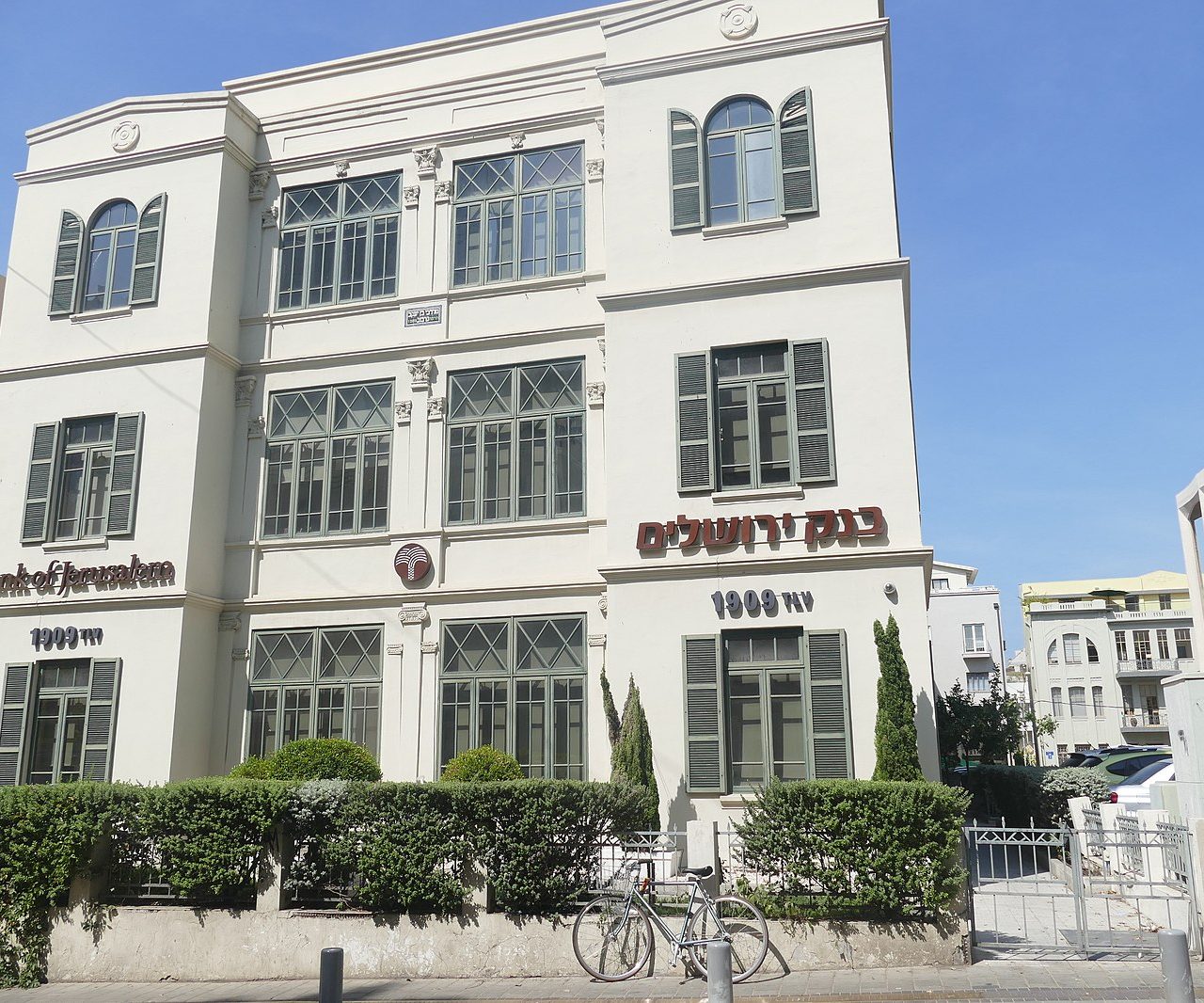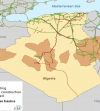Until recently, the Israeli Shekel (ILS) has been among the strongest performing global currencies since the 2009 financial crisis. But that may be over. The Israeli shekel has lost nearly 8% against the US dollar since the start of the year. The fall is of a similar magnitude to that of the pound sterling against the dollar. The decline of the shekel actually reflects the general strengthening of the greenback against almost all other currencies.
The risk of global stagflation (which was confirmed by the World Bank‘s economic projections published in June) combined with an aggressive monetary policy in the United States (some renowned economists are even calling for a tightening cycle similar to the one put in place in the early 1980s by Federal Reserve Chairman Paul Volcker) led to an appreciation of the US dollar.
For the first time in years, the shekel could end down against the dollar. But the situation is different against the euro. Since the beginning of the year, the EUR/ILS pair has been almost stable (+0.8%), evolving in recent weeks around the 3.46-3.56 limit.
The shekel could end the year up against the euro. Two main factors argue for a rise in the Israeli currency
1) The money market overestimates the rate appreciation rate by the European Central Bank.
It is likely to adopt a strategy of small steps – with several consecutive increases of only 25 basis points from next July. Due to the pronounced economic slowdown in several eurozone countries (some countries even face a risk of technical recession, such as France), the rate hike cycle in the eurozone could be shorter than expected by the consensus and induce fewer rate hikes than expected.
2) Conversely, the Bank of Israel has initiated a cycle of more aggressive monetary tightening in order to combat inflationary pressures which should strengthen (price rise of 4% over one year in April) and which are linked to the supply problems but also a worrying real estate bubble (12% rise in real estate prices over one year).

From 2014 to last April, the key rate remained close to or below 0.25%. It is currently at 0.75%. It’s only a beginning. We anticipate that the Israeli central bank will increase its key rate by an additional 40 basis points in early July. Then three rate hikes of about 30 basis points each should take place thereafter. It is likely that the cycle of monetary tightening will continue in 2023, with more limited increases, however.
While in Europe the slowdown in economic growth is a major concern for the second half of the year, this is not the case in Israel (the OECD growth forecast is at 3% , which is quite honorable). This provides more leeway for the Israeli central bank to raise rates.
The monetary policy differential between Israel and the euro zone should logically provide welcome support to the Israeli currency. The Bank of Israel should view the appreciation of the shekel with a positive eye, since this will make it possible to attenuate part of the rise in prices resulting from supply problems (mainly raw materials and foodstuffs which are imported ).
In turn, a stronger shekel should also limit the need for Israeli monetary policy to be too restrictive (which could, at some stage, pose a problem for the local real estate market where prices have risen sharply in recent years ).

If necessary, the Israeli central bank also has a war chest to intervene in the foreign exchange market (about 200 billion dollars in foreign exchange reserves). Many central banks have the habit of using their reserves to support or lower their currency (this is the case of the Swiss National Bank or the Bank of Japan, in particular). The Bank of Israel has done this regularly until 2021 to lower the exchange rate of the Israeli shekel (and therefore support exports which represent a third of Israeli GDP).
It could very well take a different approach in the future by looking to buy shekels on the market and sell euros and dollars. This would support the exchange rate of the Israeli currency and therefore reduce imported inflation. This is a strategy that is currently being studied by the Swiss National Bank. This may be the case for Israel if inflation continues to be a headache in the coming months.
For which FX forecast for the EUR/ILS in the medium term? :
3.44 by the end of the year against 3.56 at the beginning of June. A drop below the support level at 3.44 (which has acted as a major support for the pair for over a decade) is unlikely to be sunk. There would have to be major turmoil in the foreign exchange market, which is clearly not the central scenario at this stage.








Réagissez à cet article